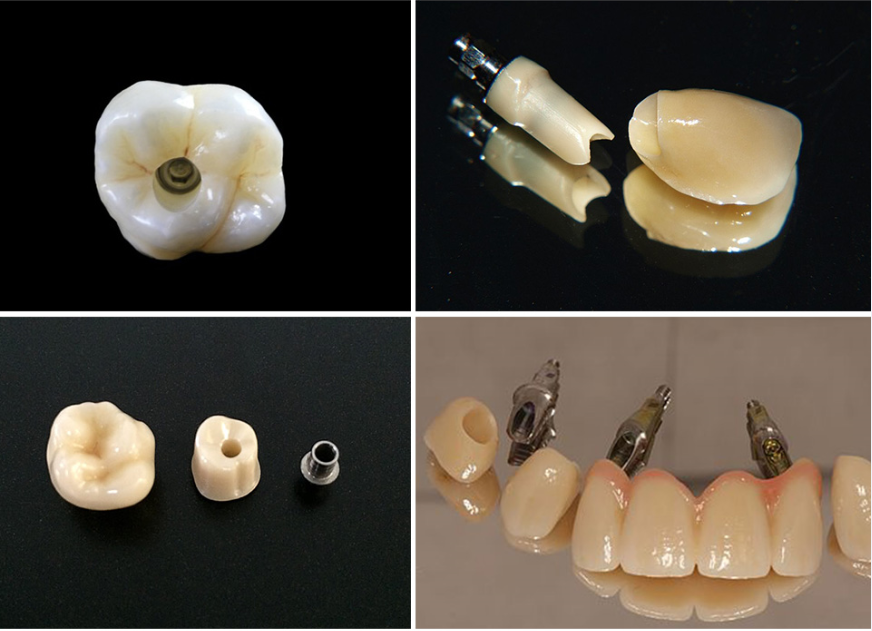Zirconia abutments offer several advantages in dental implant restorations
2023-11-06
Zirconia abutments are dental components used in restorative dentistry, specifically in the field of dental implants. These abutments play a crucial role in supporting and attaching dental prosthetics, such as crowns, bridges, or dentures, to dental implant fixtures that have been surgically placed in the patient's jawbone. Zirconia abutments are made of a ceramic material known as zirconia oxide, and they offer several advantages in dental implant restorations:
1. Biocompatibility: Zirconia is a biocompatible material, which means it is well-tolerated by the human body. It does not cause adverse reactions or allergies in patients, making it a suitable choice for dental applications.
2. Aesthetic Appeal: Zirconia abutments are known for their natural appearance. They can be color-matched to the patient's natural teeth, and their translucency resembles that of natural tooth enamel. This makes them a popular choice, especially when the abutment is visible in a patient's smile.
3. Strength and Durability: Zirconia is a very strong and durable material. It can withstand the forces of biting and chewing and has a low risk of chipping or breaking. This makes it a reliable choice for long-term dental restorations.
4. Resistance to Corrosion: Zirconia is highly resistant to corrosion and wear, ensuring that the abutment remains stable and does not deteriorate over time.
5. Bioinert: Zirconia is considered a bioinert material, meaning it does not interact with other substances or tissues in the body. This property contributes to its stability and compatibility in dental implant procedures.
6. Minimal Heat Conductivity: Zirconia has low heat conductivity, reducing the potential for temperature sensitivity and discomfort in the patient.
7. Customization: Zirconia abutments can be customized to match the shape and size of the patient's natural teeth and the design of the dental prosthesis. This ensures a seamless and harmonious appearance.
8. Single and Multi-Unit Abutments: Zirconia abutments are available for single-tooth restorations or multi-unit restorations, such as bridges. Multi-unit abutments allow multiple prosthetic teeth to be attached to a common support.
9. Implant Compatibility: Zirconia abutments are compatible with various implant systems and can be used with different dental implant fixtures.
Zirconia abutments are especially popular in cosmetic and implant dentistry due to their excellent esthetic properties, strength, and biocompatibility. They are used to create natural-looking dental restorations, especially when the appearance of the patient's smile is a critical factor. Dentists and dental laboratories work together to customize and place zirconia abutments to achieve the best possible aesthetic and functional outcomes for patients undergoing dental implant restorations.



